Exclusive:American arts philanthropist reveals new music centre vision for historic Edinburgh landmark
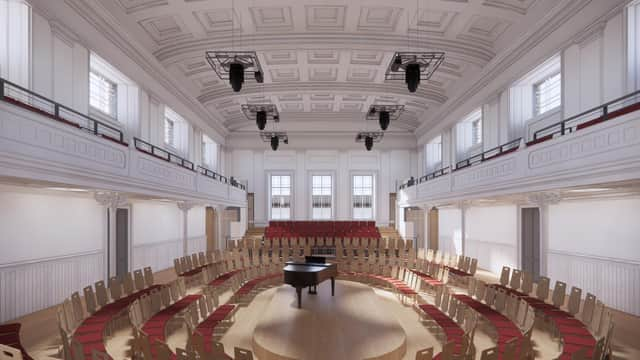

An American arts philanthropist has unveiled a new vision for a multi-million pound transformation of one of Edinburgh's most prominent landmarks - weeks after it emerged the project was having to be scaled back.
Carol Grigor has pledged that a new National Centre for Music and concert hall, which are proposed for the former Royal High School on Calton Hill, will leave a "lasting legacy" for Edinburgh and Scotland.
Advertisement
Hide AdAdvertisement
Hide AdMs Grigor, who has spent eight years pursuing plans for the site, said the revamped project would build on Edinburgh's strengths as a world heritage site and "take its place confidently" in the city's cultural landscape.
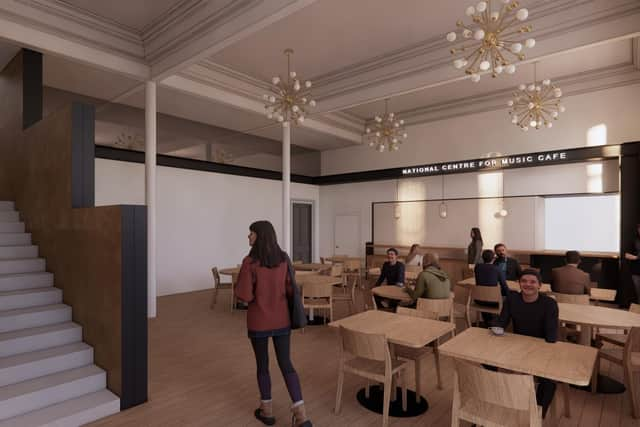

Full public access is being promised to the A-listed building after plans to relocate an independent music school there and operate it alongside the new cultural institution had to be dropped after the scheme’s projected cost soared from £45 million to around £110 million.
The new home for St Mary’s, which is currently based in the west end, had previously been the main element of the project since it was first announced in 2015 by the Royal High School Preservation Trust.
It has been backed by Ms Grigor’s Dunard Fund, which is also pursuing a separate scheme to create a brand new 1000-capacity concert venue on a nearby site off St Andrew Square.
The trust has insisted that it will not need public funding to get the National Centre for Music up and running due to a pledge of £45 million from the Dunard Fund for the project, as well as a £10 million endowment fund to help maintain the building once it opens to the public.
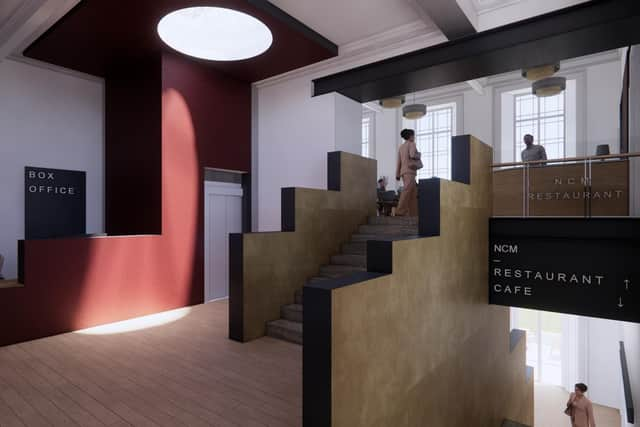

The 300-seater venue proposed for the old Royal Royal High School will be created in the heart of the complex, in what would have been the “debating chamber” of the Scottish Parliament under a previous proposal for the building.
Other refurbished spaces will be suitable for educational classes and workshops, performances, rehearsals and dressing rooms.
Advertisement
Hide AdAdvertisement
Hide AdA new cafe-restaurant and bar are also envisaged as part of the development, which is hoped to be up and running within three years.
Public access will be opened up to newly-landscaped grounds of the building, which was designed by architect Thomas Hamilton and dates back to 1829.
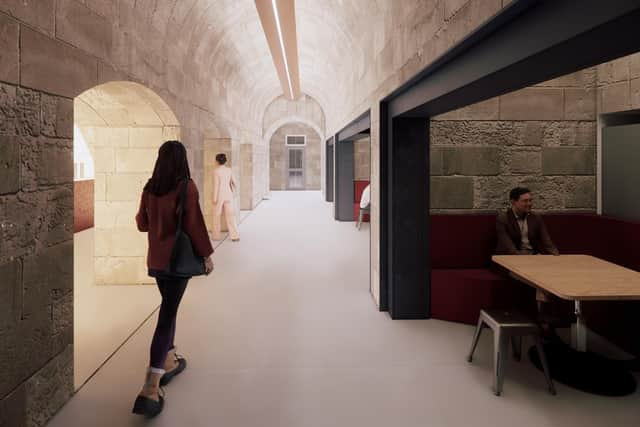

It is hoped that additional pop-up venues will host performances in the summer during events like the Edinburgh International Festival and Fringe.
Ms Grigor’s new vision for the site has been revealed as it emerged that the long-time figurehead for the project, property developer Willie Gray Muir, had stepped down.
The Royal High School Preservation Trust, which he chaired, has appointed a chief executive, Grant Mackenzie, to take the scheme forward.
The trust started work at the site in March after agreeing a long-time lease with the city council.
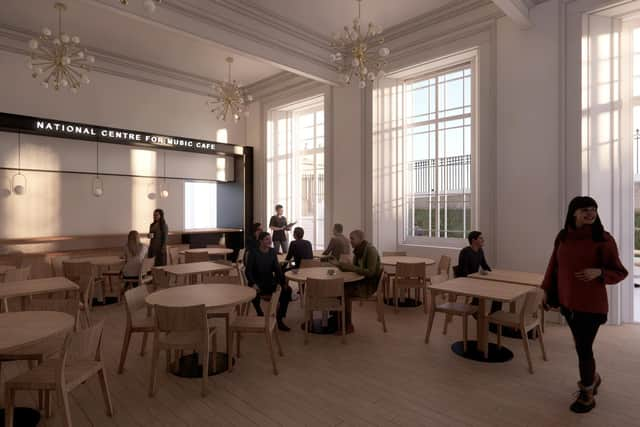

The move appeared to bring an end to decades of debate about the future of the building, which was previously proposed to be turned into a luxury hotel by the city council before Ms Grigor’s alternative proposal emerged.
Advertisement
Hide AdAdvertisement
Hide AdCouncillors agreed in principle to offer a lease for the building, which has not been used permanently since the Royal High’s relocation in 1968, to the trust two years ago after the hotel project was eventually scuppered by the Scottish Government following a public inquiry.
However the trust admitted it would be bringing forward scaled-back proposals to the council due to the costs involved in creating a new main entrance and foyer to the original building, as well as creating a separate new entrance for the music school in the grounds.
Ms Grigor said: “The National Centre for Music will take its place confidently in Edinburgh’s cultural landscape, building on the city’s world-leading strengths as a UNESCO World Heritage City, a Festival City and a forward-looking city that creates opportunity.
“The Dunard Fund is delighted to fund such a culturally significant project and one that will leave a lasting legacy, not just for the Edinburgh region but for Scotland as a whole.”
A new planning application is expected to be submitted to the city council early next year, in the hope of work getting underway by the end of 2024 or early in 2025.
Ms Mackenzie said: “Our aspiration is for the National Centre for Music to become a world leading cultural venue for musicians, no matter their background.
"The new National Centre for Music will engage teachers, community music organisations and professional performers to inspire the joy of music, nurture skills and foster innovation.
Advertisement
Hide AdAdvertisement
Hide Ad"Thanks to the generosity of the Dunard Fund, we’re progressing to make this vision a reality.
“As the new-build part of the previous project is no longer happening, we are much focused on Thomas Hamilton’s original building now.
"The budget for the project is £45 million, which is purely coming from the Dunard Fund.
"We are still working through all the costs of the project at the moment, but we now have a realistic plan and a realistic budget that will meet the funds we have available.
"The big difference with this project is the £10 million endowment fund, which is there to primarily preserve and maintain the building, which is secured.
"There will hopefully not be any further delays with the project as we have this funding in place.”
Trustee Colin Liddell added: “The Dunard Fund and the Board are very grateful to Willie Gray Muir for his leadership in creating the amazing opportunity and setting our vision for the future.”
Advertisement
Hide AdAdvertisement
Hide AdThe city council put the old Royal High building on the open market in July 2021 to try to secure a long-term future for the site. It has insisted there is no need to re-run the process and its lease agreement is unaffected.
City council leader Cammy Day said: “We are aware of the proposed change to the scheme and remain supportive of a project which will preserve a key historical building in the city.”
Comments
Want to join the conversation? Please or to comment on this article.
